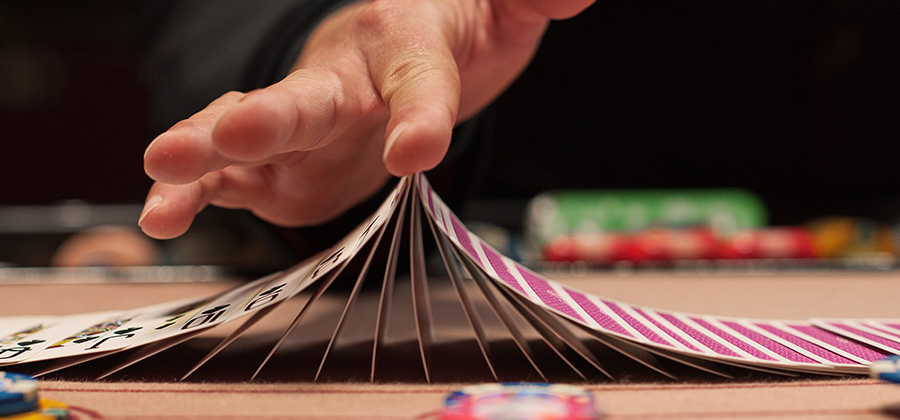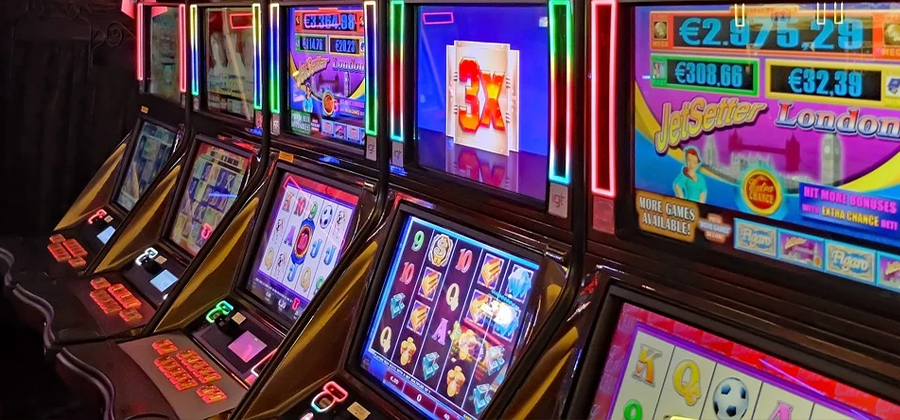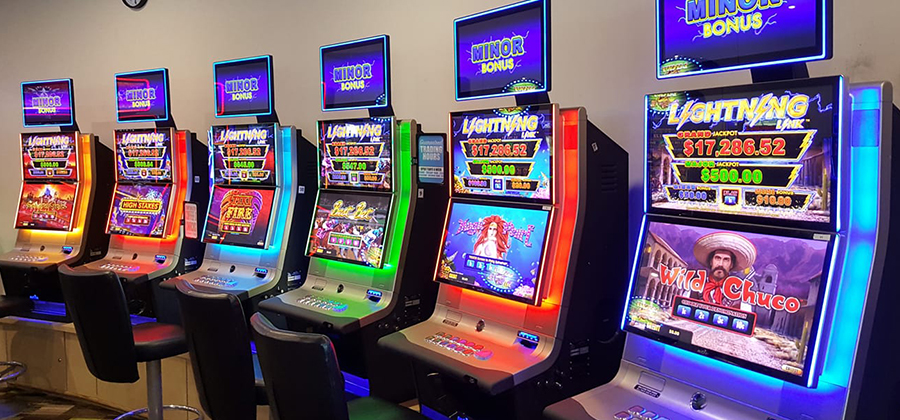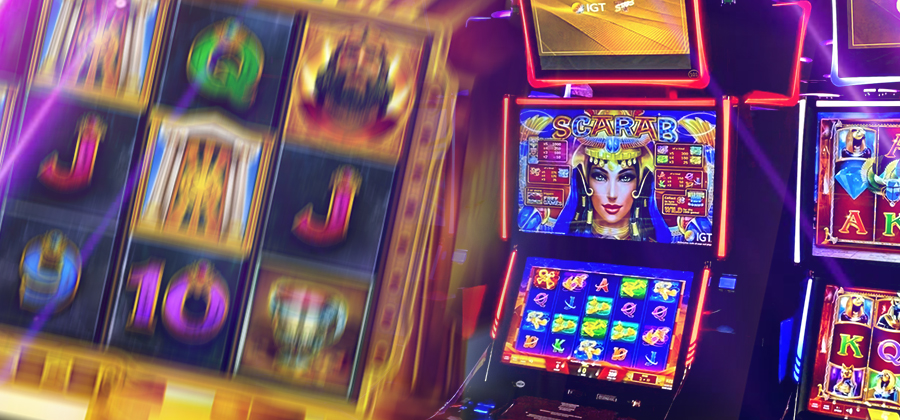Card Counting Guide
Most casino players have tried various strategies to increase their odds at the table, and this guide will discuss card counting, possibly the best-known but least-understood gambling strategy. Casinos frown upon card counting as card counting can reduce or even eliminate the house edge; even so, the system isn’t foolproof.
Although casinos do their utmost to deter players from using a card-counting strategy, the team at Fruity King NZ believes it is worth taking some time to understand how the system works. Card counting is a fascinating strategy made more so by the adverse reaction it receives from casinos worldwide.
Many of us have watched either on TV or at the cinema movies like 21, The Last Casino or Rain Man, where Dustin Hoffman portrays Raymond, an autistic savant able to count cards with astonishing accuracy. Although very few people can recreate this talent, it is always worth knowing how the system works.
For this guide, we will look at card counting in possibly one of the most popular casino games, blackjack.
Table of Contents
What Exactly is Card Counting in Blackjack?
Card counting is when you keep a running tally based on the face value of any cards shown.
Card counting is a technique in which you keep track of the number of high and low cards left in the dealers’ deck. If you learn how to count cards correctly, you can raise your wager when you know the odds are in your favour. Using card counting in conjunction with your normal gameplay can give you a better idea of what is in the deck, do it right, and you can boost your odds whilst having a ton of fun in the process.
Where It All Began
Card counting received international attention in 1962 when Edward O. Thorp, a mathematician, released his book “Beat the Dealer” which popularised the idea. Although Edward O. Thorps’ system was pretty primitive by today’s standards, the casinos counteracted the card counters to curb them as much as possible; hence, the cat-and-mouse card counting tactics were born.
Card counting does not require a photographic memory; it utilises a simple formula that helps you weigh the ratio of low and high cards remaining in the deck so that you can adjust your bets according to your calculations.
Before You Begin to Card Count
Before you start to card count in a game of blackjack, it’s vital that you fully understand the rules of the game. There is no use in even attempting to card count if you have not learned the basics. You will also want to learn at least one blackjack strategy, which is simple as all you need to do is check a chart that will tell you when to hit, stand, double down or split in a blackjack game.
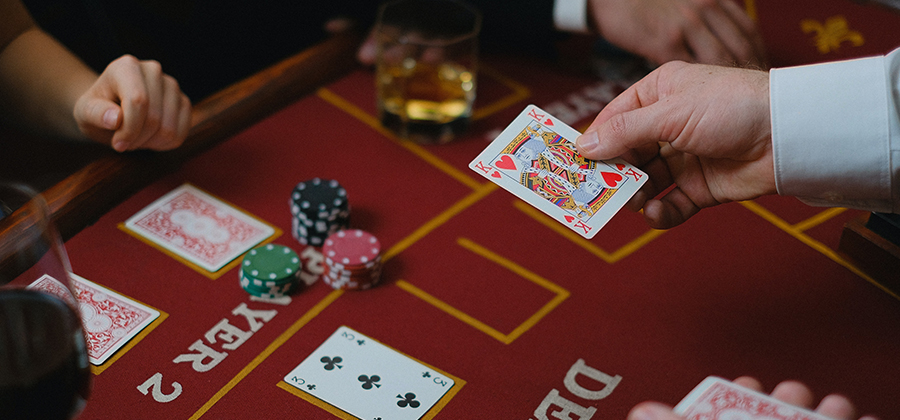
The Hi-Lo Card Counting System Explained
You can count cards in many different ways, but this guide will teach you how to use the most common system, the hi-low counting system.
First, you need to assign values to the cards;
- All cards that are between 2 and 6 are assigned a value of 1
- The 7, 8 and 9 have a value of 0
- The 10, Jack, Queen, King and Ace, have a value of -1 (minus 1)
Higher cards are designated a lower value than low cards because of the running count (described below). The running count reveals the significance of unseen cards in the deck, as the cards you count are no longer in the deck, which means every time you see an ace or a face card, the deck becomes even more unfavourable, and your advantage lessens.
How to Keep a Running Count
As the dealer begins to deal cards, you begin to keep score. Not only do you keep an eye on the cards you and the dealer receive, but you will also check the cards of all other players at your table. It can take some time to perfect this technique, but the good news is that many cards cancel each other out.
How cards can cancel each other out;
- If you land a six and an ace, then the value will be zero
- If the dealer has a king. Eight, and five, then the value is also zero
- If someone else at the table lands a king, a six and a four, then the total would be 1
Therefore the running count is the running count of all the cards you can see.
How to Calculate the True Count
Even though casinos put as many barriers in place as they can to deter card counters, there is a simple method to help you overcome them. To calculate the true count, divide the running count by the number of decks remaining.
- If your running count is -6 (minus six) and three decks are remaining, the true count would be -2 (minus two)
- As the true count rises, so does your player advantage.
- Conversely, a negative true count will set you at a relative disadvantage.
Once you know the true count, you will raise your bets as the number rises or lower your bets as the number falls. The true count reveals the house edge, and the house has a standard advantage at zero. If the number is on the negative scale, the house will have a more significant advantage, and when the number is positive, the players have the advantage.
How Casinos Counteract Card Dealers
We all know that casinos use multiple decks of cards, but do you know why they do this? The reason casinos use numerous decks of cards is because of card counters. As the casino is out to turn a profit, the last thing that they want is for card counters to take a slice of the profit. A pit boss might approach the table and enter into conversation with a suspected card counter, perhaps offering a free meal or room for the night. This approach can stop the card counter, who instead decides to cash in and take the offers.
Another tactic a casino might use is a forced blackjack dealer who happens in the middle of a hot deck. The new dealer will attempt to deal fast to disrupt the count as much as possible. Switching dealers is a psychological action as all gamblers are pretty superstitious and may believe that a new dealer will change the game for the worse.
Another tactic of the casino to deter card counters is a forced shuffle mid-shoe, which happens in a multiple-deck blackjack game where the dealer has no control over when the decks a re-shuffled. After the cards are cut, a yellow card is placed near the bottom quarter of the deck, and when it comes out of the shoe, the dealer knows it is time to reshuffle the decks.
If card counting is suspected, the casino might call for a forced shuffle where the pit boss approaches the dealer to shuffle the cards after the current hand is over. A forced shuffle will have the effect of having to start the count all over again. Another method casinos use to deter card counters is raising the table minimum, which might put card counters off.
In Summary
Many strategies are advertised, but card counting, unlike others, can give you a statistical edge when playing blackjack. The system is also great fun to try; even though it is perfectly legal, casinos will do their utmost to stop you.
Counting cards is impossible in an online blackjack game, as the cards are shuffled after every game. Still, the above guide has given insight into the workings of the card counter and the casinos’ attempts to stop them.



 by
by 